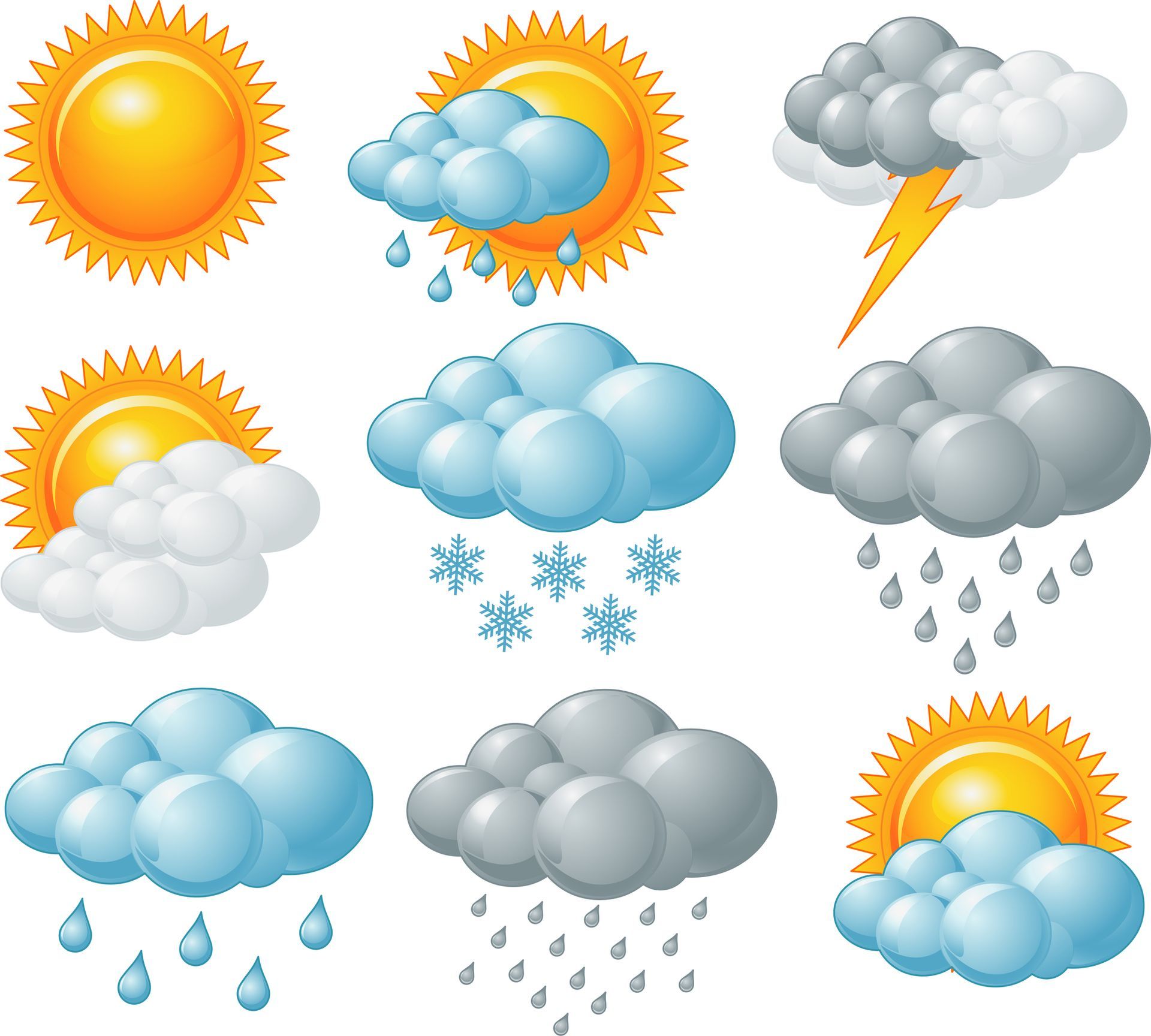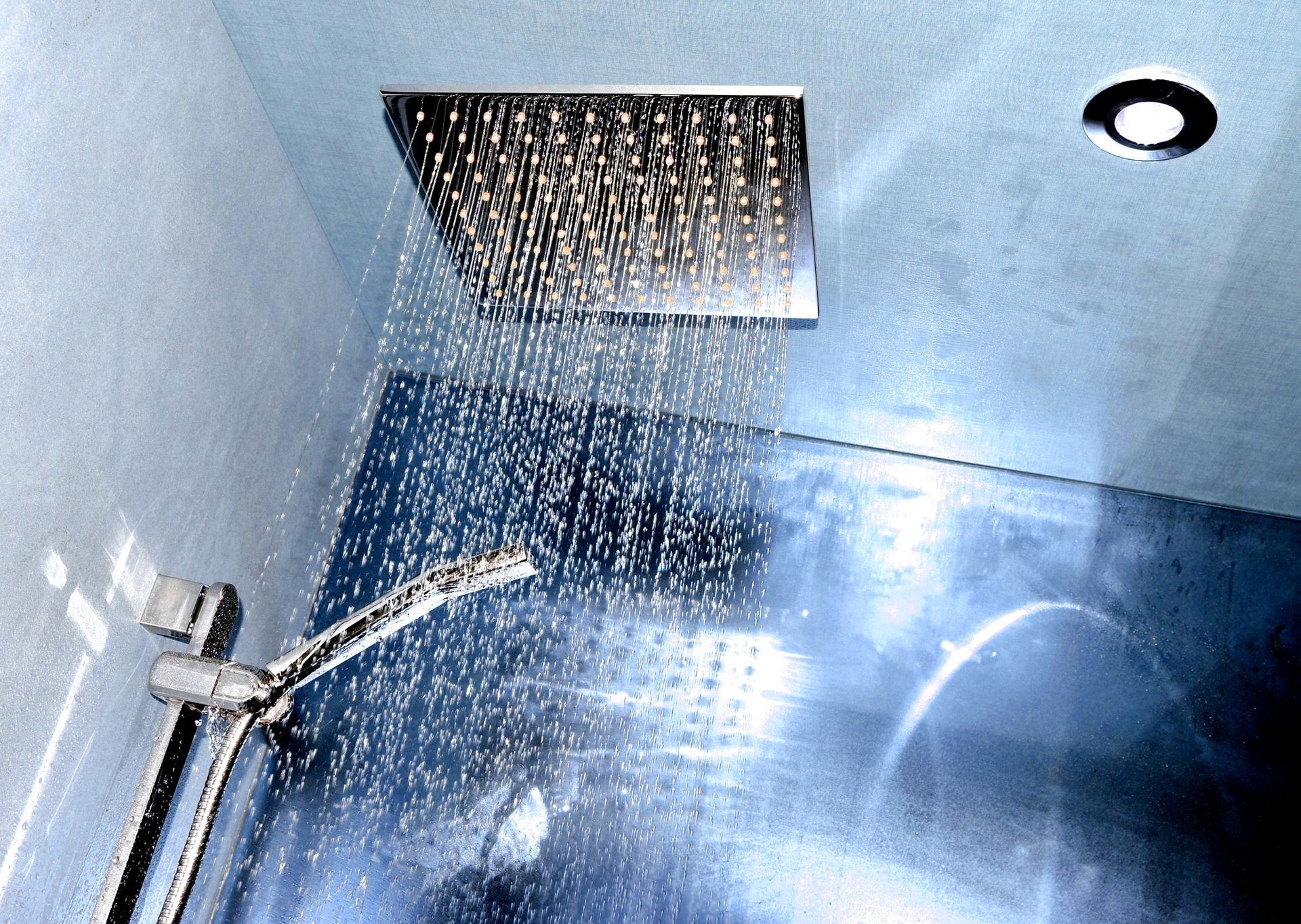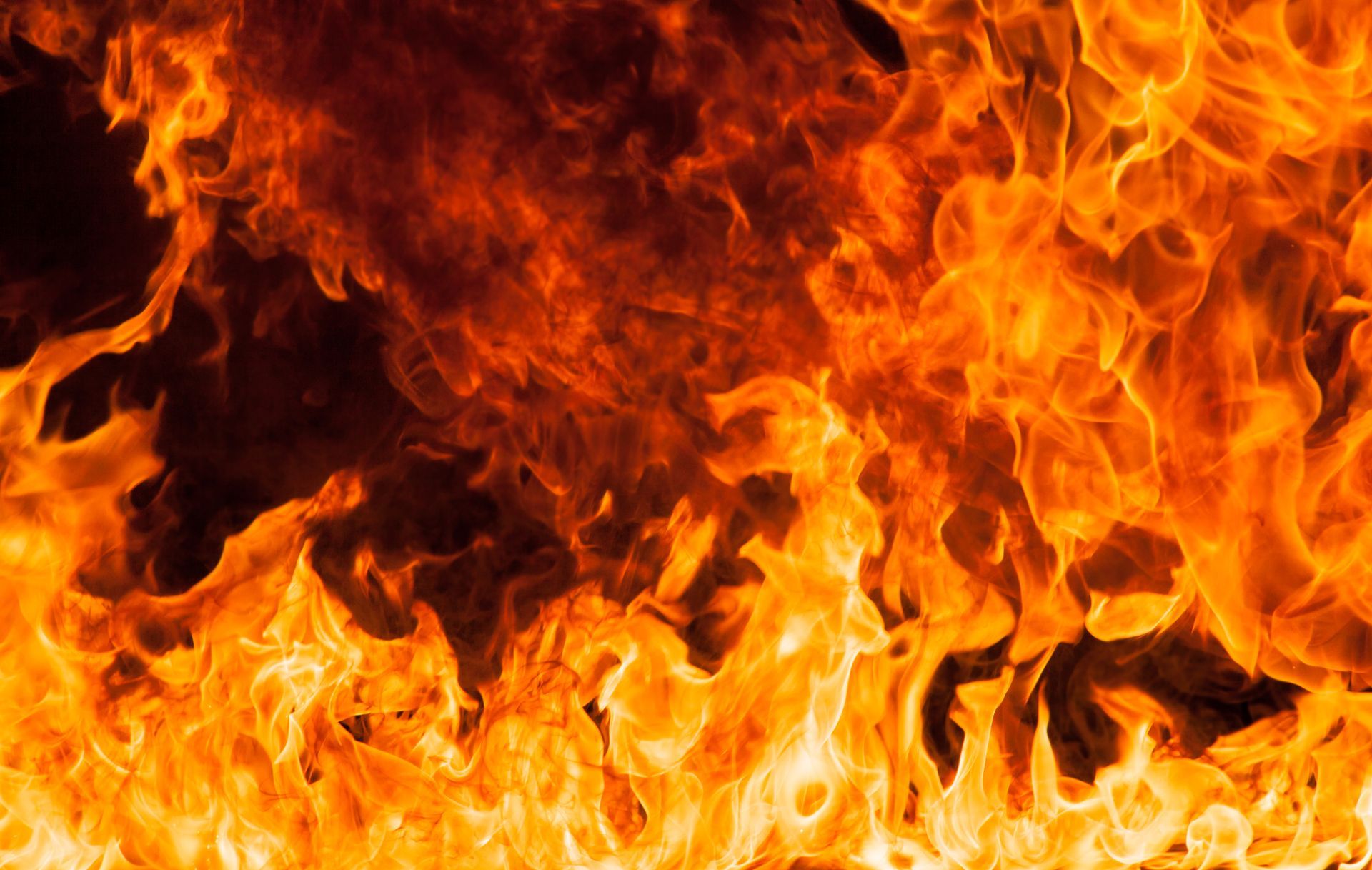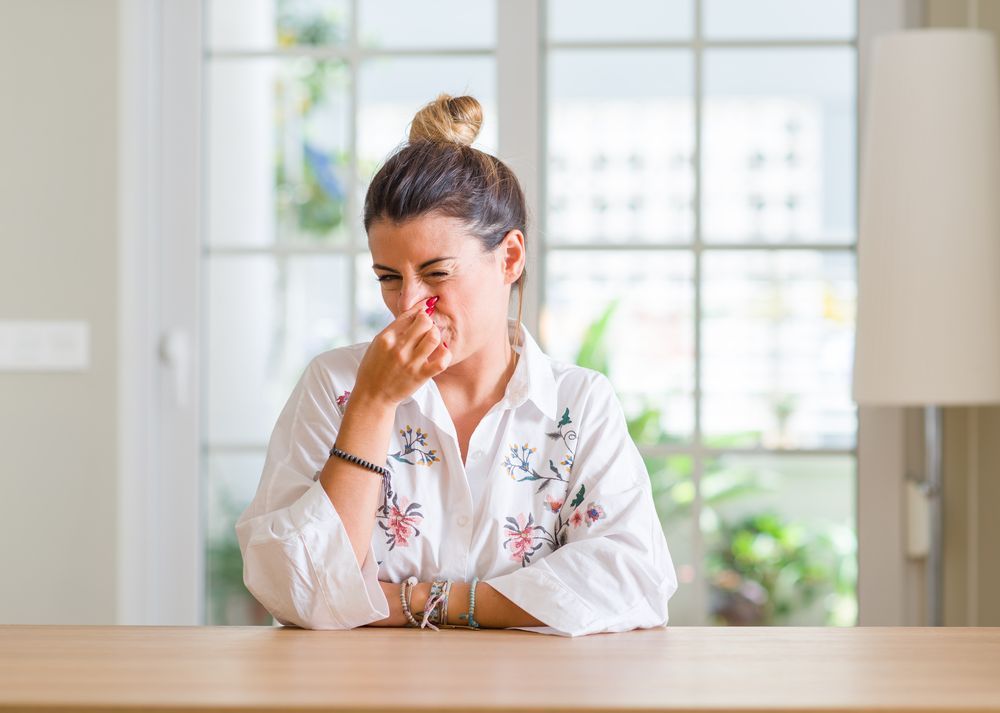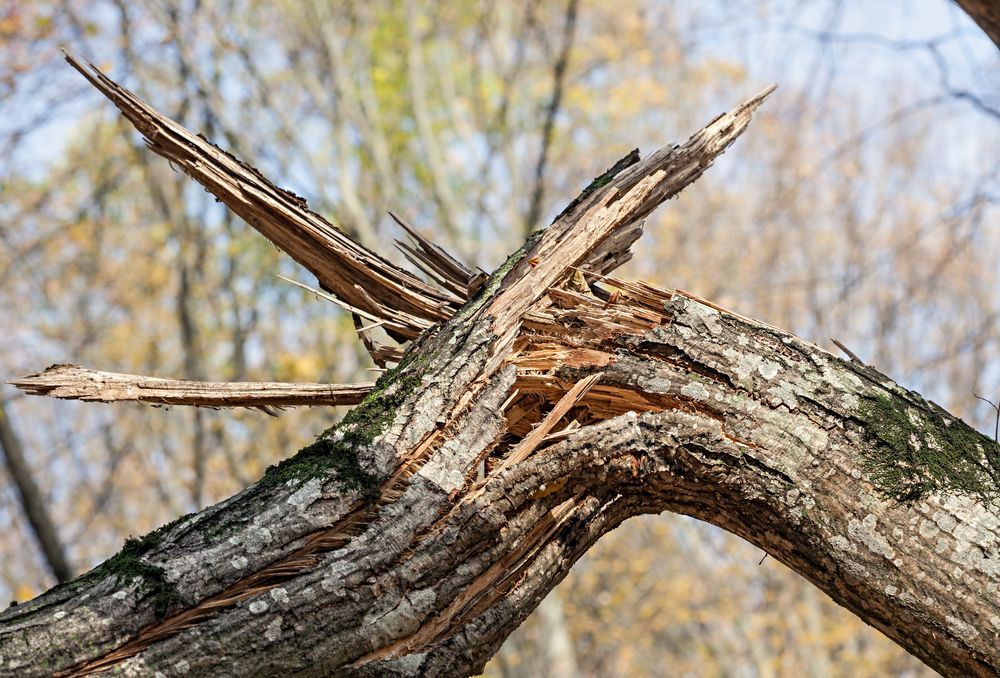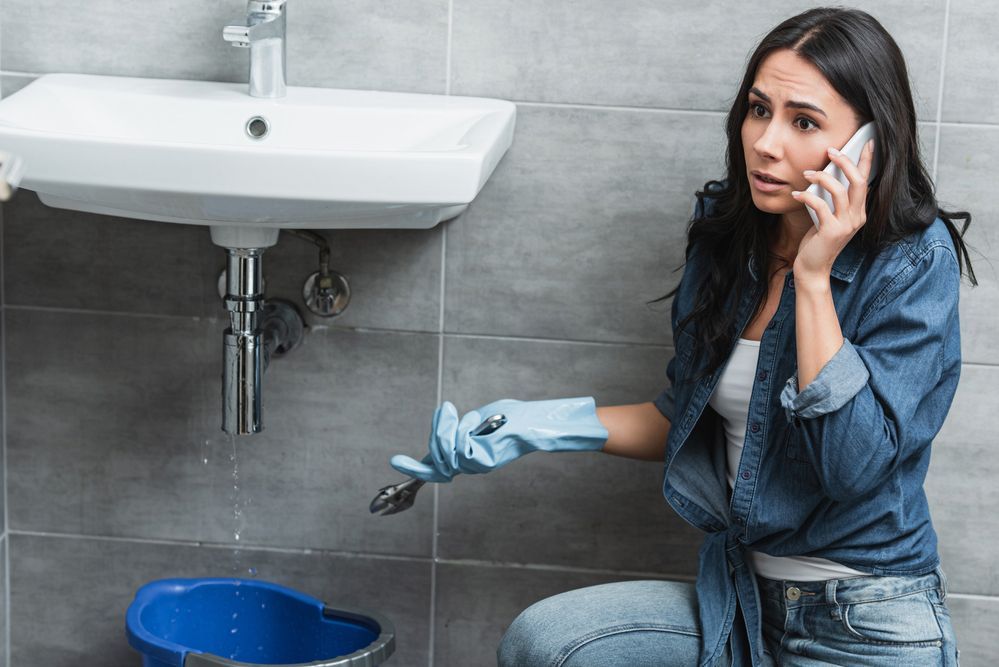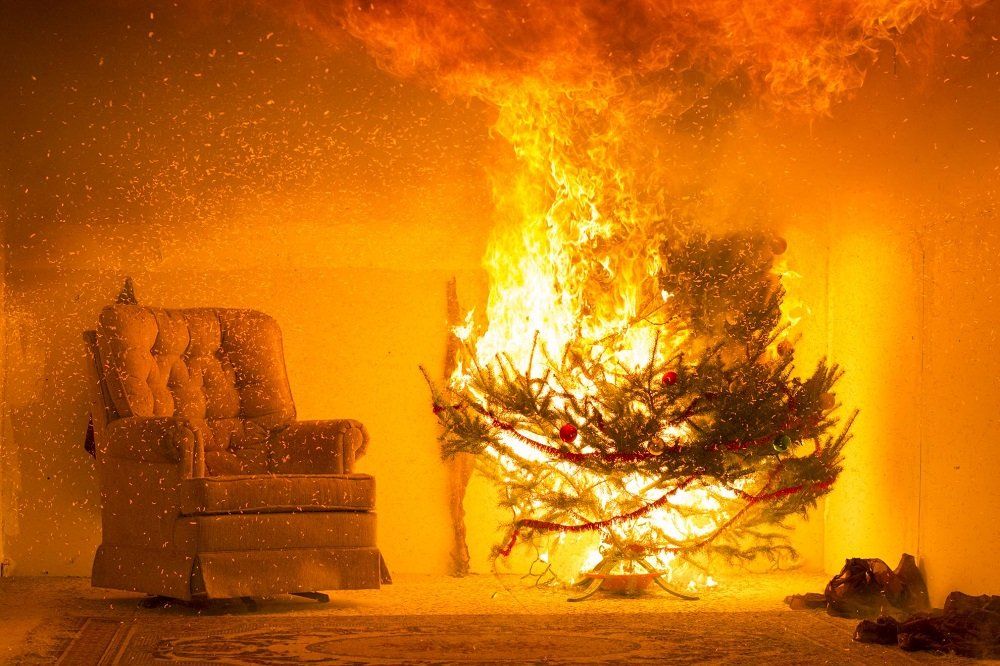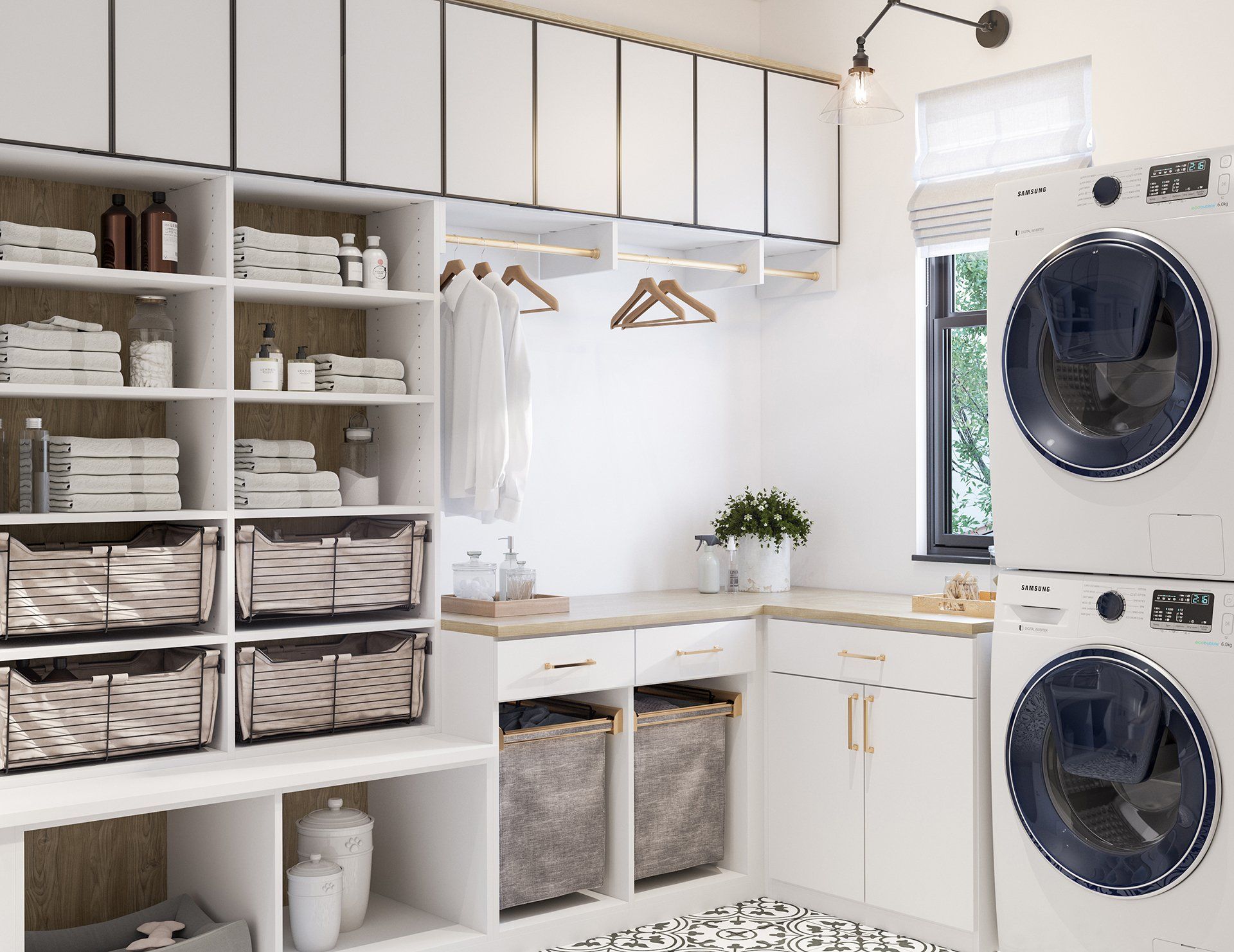
443-290-5797
What are the signs of a water leak behind the wall?
Do you have a hidden water leaks behind your wall in Eldersburg?

Hidden water damage comes in all shapes and sizes. There are many telltale signs that can alert you to hidden water damage behind your walls.
Mold Growth on walls – wherever there is excessive moisture such as basements, bathrooms and kitchens, you may find mold. If you see mold on baseboards, ceilings or walls, especially in areas that are not near plumbing, then you most likely have mold behind your walls.
Wallpaper or paint peeling – when there is excessive moisture behind the walls, it’s because the walls have absorbed too much moisture and it pushed the wallpaper or paint off. Check wallpaper seams and flaking paint.
Staining – water leaks inside walls will be absorbed by the sheetrock or drywall and will cause noticeable stains. If the stain continues to grow, you have an ongoing hidden plumbing leak.
Musty or moldy smells – when mold and mildew grow, if you can’t see it, you can certainly smell it. Wood, drywall and sheetrock will absorb moisture and with no circulating air can grow mold rather quickly.
Buckled floors and ceilings – Too much water absorption can cause your floors and ceiling to buckle, especially where they connect. Check for stains and buckling, and if you notice a problem, check your nearby walls.
Warping walls – drywall and sheetrock will bend if it absorbs too much water. This can lead to structural damage. If you have warping, this is a clear sign of a water leak.
You can test for hidden water leaks by:
- Turning off all of the faucets in your home
- Find the water meter and record the reading
- Leave all water, outside and inside the home
- Take another water meter reading
- If the reading has gotten bigger, you have a hidden water leak
If you discover a hidden water leak, it’s best to contact a water restoration specialist. They are trained to do the needed repairs that could end up costing you more money if you attempt to make the repairs and fail. Check your home regularly for hidden water leaks.

